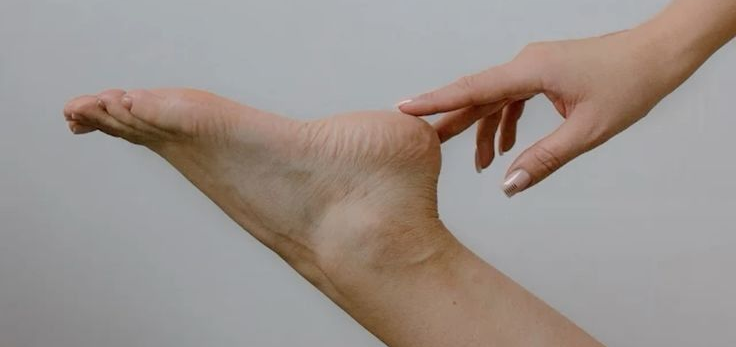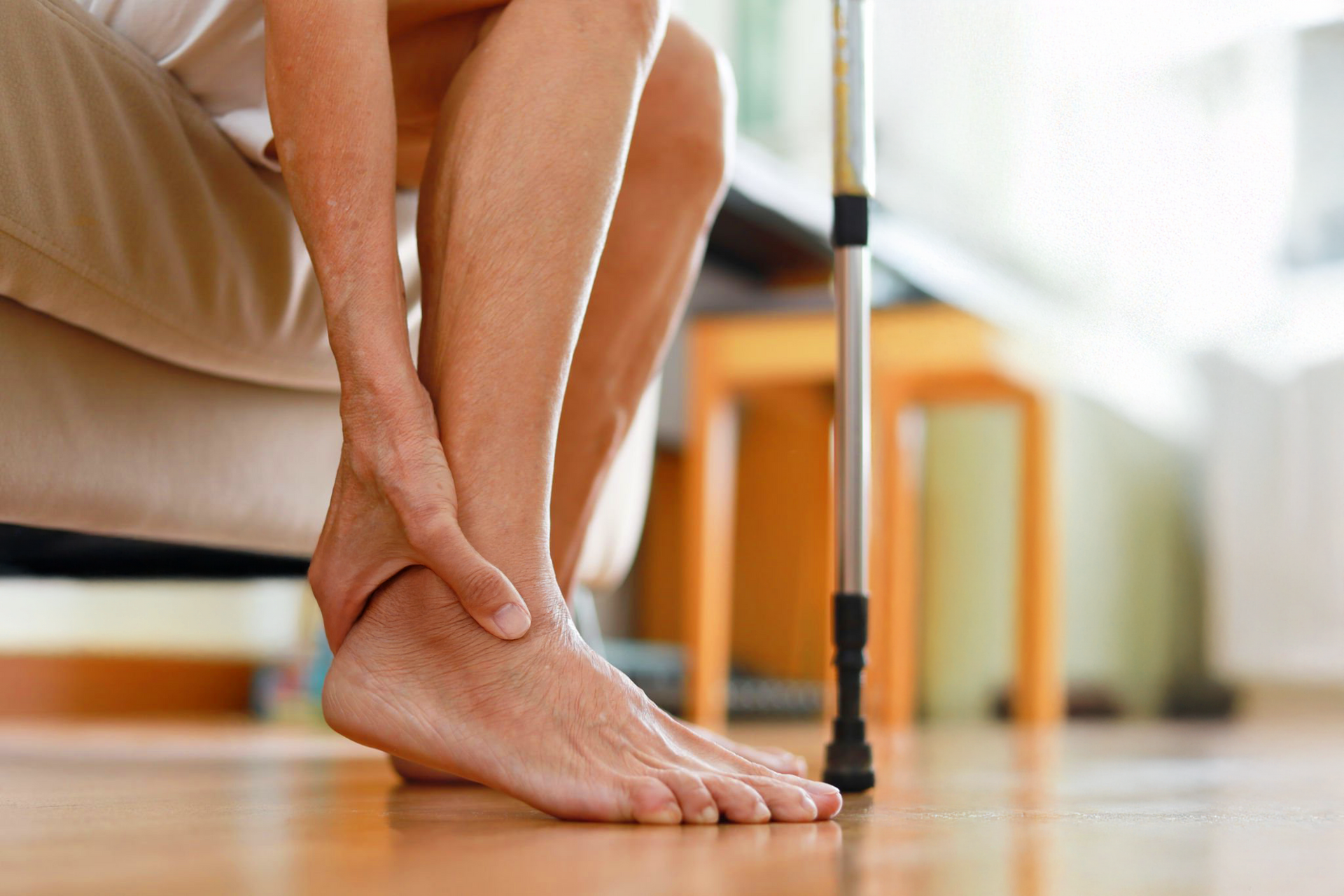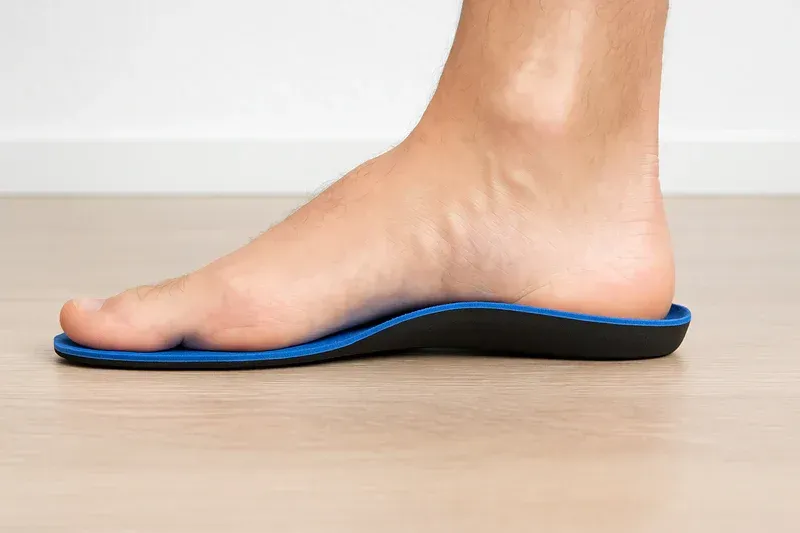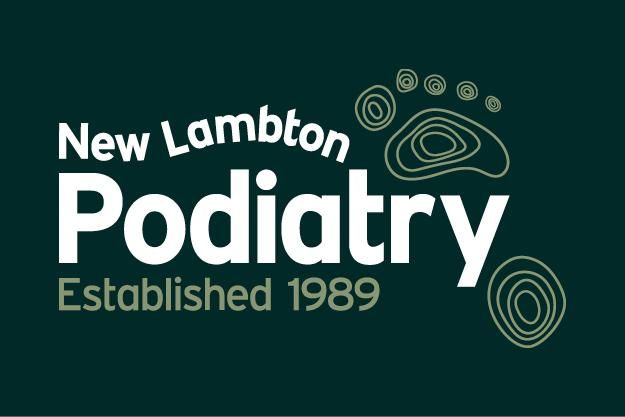Everything You Need to Know About Ingrown Toenails
1. How to tell if you have an ingrown toenail (and what to do about it)
An ingrown toenail happens when the edge of your toenail grows into the surrounding skin, often causing pain and inflammation. Some common signs of an ingrown toenail include:
- Pain or tenderness along one of both sides of the toenail
- Hardening of the skin near the nail edge
- Redness, swelling and warmth around the nail
- Pus at the nail edge
- Overgrowth of skin around the nail.
If you suspect you have an ingrown toenail, a Podiatrist can help. Leading up to your appointment:
- Keep the area clean and dry
- Wear open- toed shoes with wiggle room around the toes to reduce pressure to the nail
- Do not dig or cut down into the nail as this could make it worse
2. When should you see a Podiatrist for an ingrown toenail?
- If you suspect you have an ingrown nail it is best to see a Podiatrist for assessment and treatment. If there are any signs of infection (redness, swelling, warmth and pus) an appointment is urgent.
- Treatment is usually quite straight forward and with minimal discomfort.
3. Why you keep getting ingrown toenails (and how to prevent them)
Some common causes of ingrown toenails include:
- If the toenail naturally has a curved shape.
- Wearing tight shoes or socks.
- Improper cutting technique (cutting the toenail too short, too round and down the sides of the nail).
- There has been an injury to the toenail.
4.Ingrown toenail surgery (what it involves and when it’s needed).
Podiatrists are trained in performing a partial nail avulsion which is a procedure to surgically remove a portion of toenail that is ingrown.
The surgery is performed under local anaesthetic, and following the removal of the ingrown edge, a chemical (phenol) is applied to stop this portion of nail regrowing. Following the surgery, the area will be dressed and instructions will be given on post operative care and redressing. Your Podiatrist will also review with you at least twice following the procedure to check on the area and ensure healing is progressing as it should. In most cases, healing will be completed in 6 weeks.
A partial nail avulsion is a treatment option for severe ingrown toenails, recurring ingrown toenails or ingrown toenails that have not responded well to conservative treatments.
Ingrown toenails in kids and teens (a parent’s guide).
Ingrown toenails are common in kids and teens. During growth spurts, the nail and skin can grow unevenly which can increase the chance of the nail pressing into the skin. Another factor is the hormones during puberty which can lead to sweatier feet which may soften the skin making it easier for nails to dig in. High activity levels in kids and teens can also contribute to ingrowing toenails. Sports like running, dancing, and soccer all involve repetitive pressure and perhaps trauma to the toes which can push the nail into the skin.
Teenage years are when feet reach their full size and is often when ingrown nails present. Some can be managed conservatively by a Podiatrist, whilst others may benefit from nail surgery to prevent ongoing issues.
Onyfix:
Onyfix is a painless treatment where a small amount of composite material is attached to the ingrown nail and overtime, changes the shape of the nail, removing pressure from the sides of your nail. Onfyix is suitable for certain involuted nail shapes and when used starts relieving pressure almost immediately.





